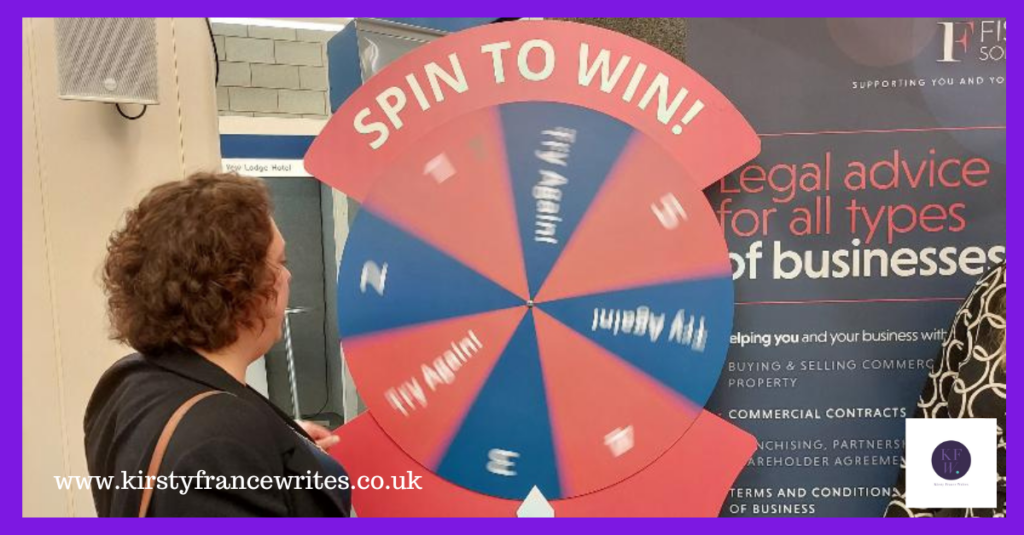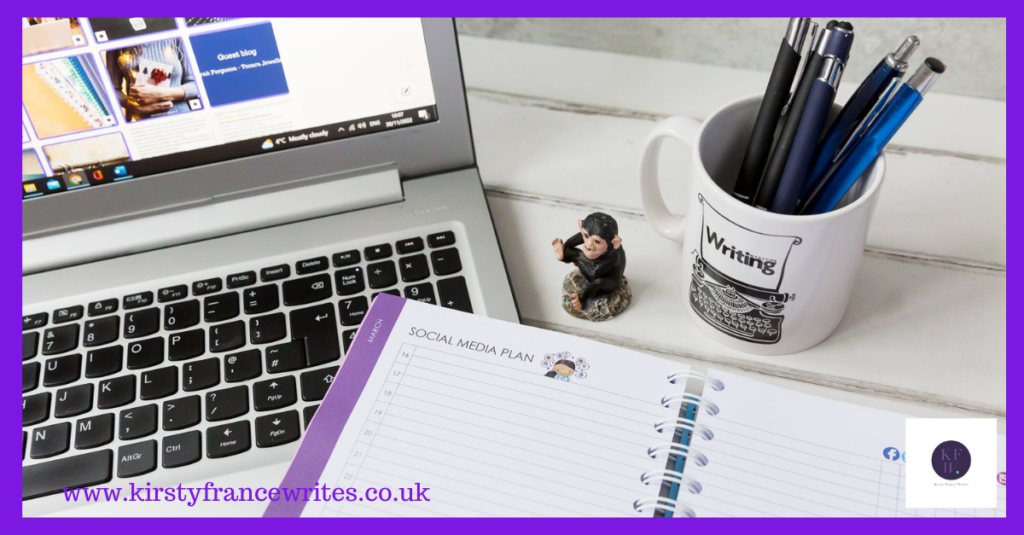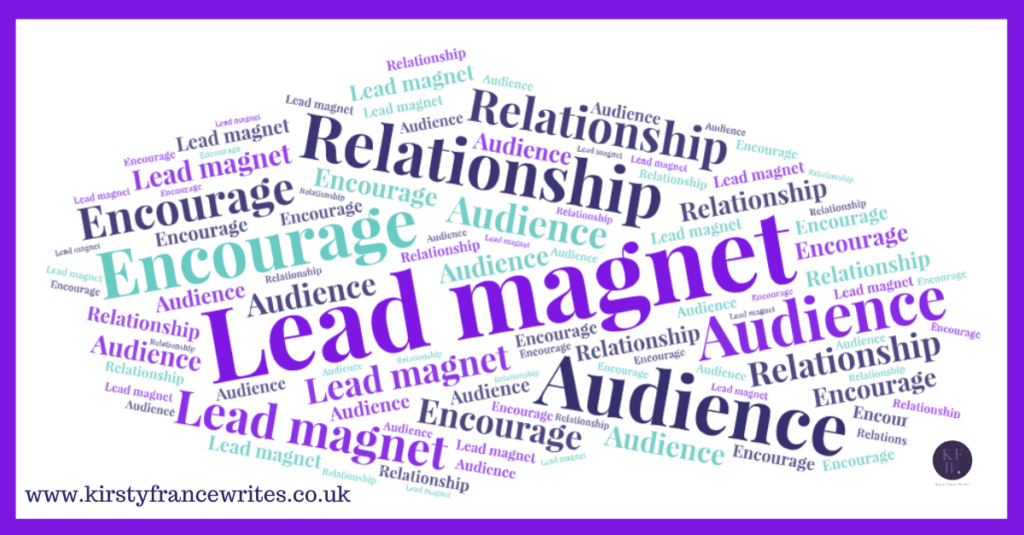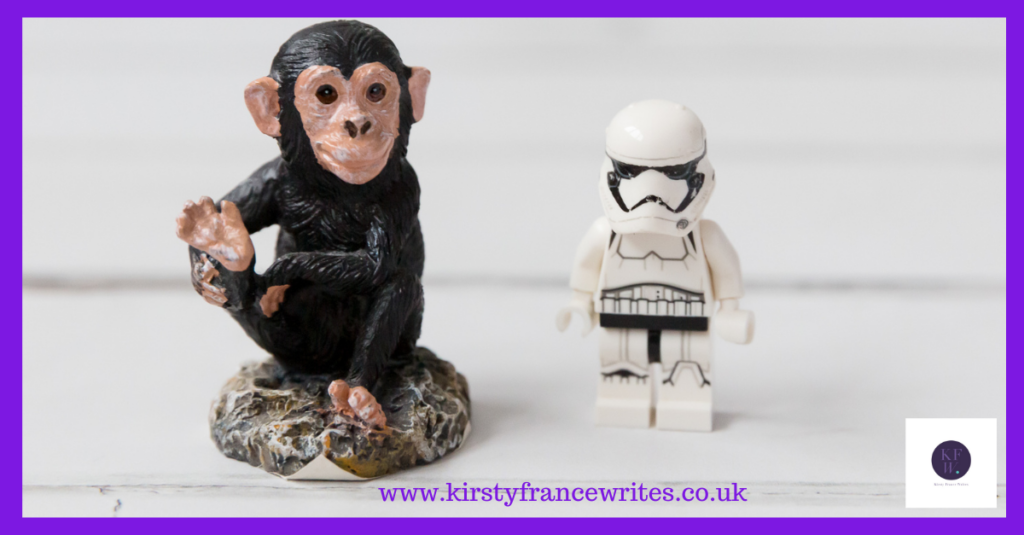
If you, like me, have a service-based business or even if you sell physical products, you might wonder whether digital products are worth the effort. After all, you offer your service because you want to do the work rather than because you want to create an online shop. I used to feel the same until the pandemic when my business was hit by homeschooling and customers who wanted to conserve their funds for essentials like keeping the lights on.
Here’s what I learned from giving digital products a try.
Digital products are cheap to create
Depending on how you go about things, digital products are incredibly cheap to create. The main cost is your time in creating the content. If you already write a blog, you can repurpose it and turn it into an eBook.
You can use free graphic design apps like Canva to make everything look good, although if you’re going to use video, you might want to invest in some kit.
You don’t have to deal with handling or delivery
When you’re first getting started with digital products, you’ll need to work out how to create an online shop. I use a WooCommerce plugin and Stripe to take payments for mine. Once you’ve sorted that, your shop can send your products by email without you being involved. No packaging costs or trips to the Post Office.
Best of all, people can buy your products and start using them when you’re asleep.
You can share your expertise
If you already offer brochures or eBooks as lead magnets, digital products can be the next step up. They help you to share your expertise and earn you some money at the same time. You can offer helpful information that goes further than the stuff you give away for free and help your customers get results.
Your products can be a marketing tool as well as an income stream.
Digital products are great for beginners
Sometimes, people will sign up for your email list or follow you on social media because they know they’ll need you eventually, but they’re not ready yet. They might need to make money first or to learn what works for them. You can create digital products to help them get started with ideas and techniques, like my eBook ’50 blog post ideas for your business’.
It can also help you in the long run by giving you customers who know what they want when they come to you.
Your earnings aren’t limited by time
When you work with clients one to one, your work is limited by the number of hours available. When my kids were small, I could only work when I had childcare, or they were asleep. (Not ideal when you’re exhausted and still begging your tiny humans to go to bed.)
You can create digital products when you’re ready and send them automatically. You can also create courses that you deliver to a group at a time to suit you. That means your work stops being one-to-one.
Myth: you won’t have to work
I have one caveat: creating and selling digital products is still work. It’s just a different structure that can work around your life if you need it to. You’ll still need to work at creating products, building an audience and understanding what they need so you can make the right things.
If you want to share your knowledge in eBooks, checklists and guides, I’m here to help. I’ll help you to repurpose your existing content or write the words to create brand-new products to help your customers.
If you want to add digital products to your business, I can help. I’ll write new eBooks and repurpose your existing content to turn it into digital products that your customers will love. If you’d like a chat to find out how it works, you can book a call here.
You can also sign up to receive monthly emails packed with helpful content writing and marketing tips using the form below.








